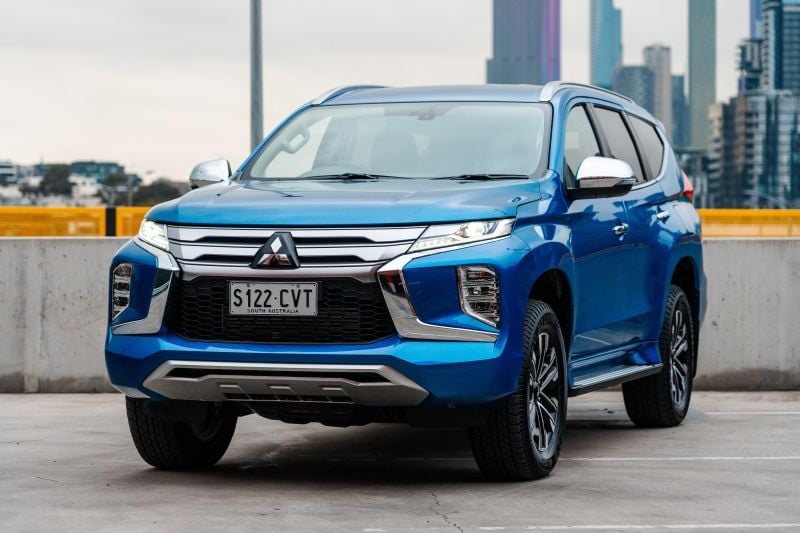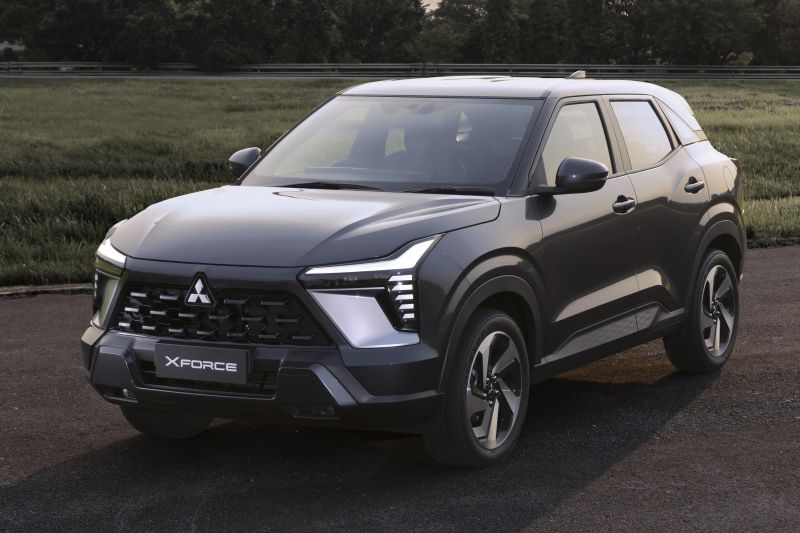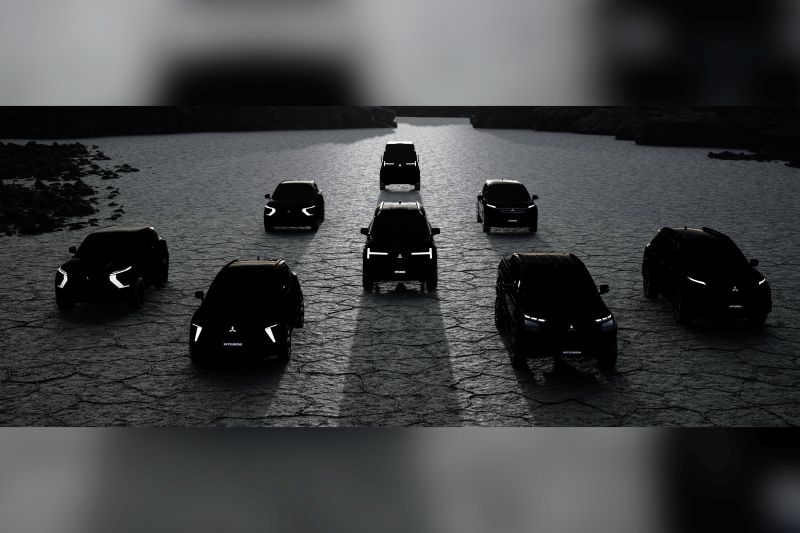Mitsubishi is doing a great job selling cars in Australia, which is impressive considering it has withdrawn from China, is close to doing the same in Europe, and is only a niche player in the US.
This is a brand that doesn’t seem to be suffering at all from the end of local manufacturing, unlike Holden.
Looking only at sales figures from 1991 onwards, Mitsubishi sales exceeded 80,000 annually five times: twice before 2008, the year it ceased domestic production, and three times after.
Hundreds of new car deals are available through CarExpert now. Get the experts on your side and score big. Browse now.
-
Pajero Sport
Last year, it delivered 74,574 cars in Australia, making it the fifth best-selling brand here. It was most popular in New Zealand, where it ranked third in 2024.
What’s even more impressive is that it has managed this feat with an incomplete lineup of new-generation Tritons, a trio of regular SUVs, and the even more impressive Outlander.
But yesterday’s news that Mitsubishi will discontinue production of the Eclipse Cross and Pajero Sport models and finally replace the ASX has exposed some of the brand’s key weaknesses.
As the junior member of the Renault-Nissan-Mitsubishi alliance, Mitsubishi has been geographically positioned under the trio’s “leader-follower” model development strategy.
-
X-Force
Her focus is on Southeast Asia, with regions such as Europe – a market she said she would leave before retreating the following year – as an afterthought. “Oh, I think we’ll stay here. Here, put our badge on this Renault.”
This led to the company launching a completely modern-looking Xforce subcompact SUV… only to turn around and confirm that it would not meet Australia’s stricter – and, as Mitsubishi says, often burdensome – regulations.
The fact that our market does not seem to influence Mitsubishi’s decision-making process is not entirely surprising, given that we are just a small piece of the Mitsubishi pie. The company produced more than 1 million cars globally in 2023, for example, while selling fewer than 75,000 here.
We may love Mitsubishi here, but we’re not a huge market in the grand scheme of things.
-
ASX issued
Now, an upcoming Australian government regulation is forcing Mitsubishi to scrap its fourth and fifth best-selling models here, and replace its third most popular model with a European-origin vehicle that is almost certainly more expensive and which may be more widely offered. restricted.
Don’t get me wrong, I’m happy to see the back of the current ASX 15 years after it was sold. Its replacement with the rebadged Renault will see a higher-tech, more dynamic small SUV gracing Mitsubishi showrooms.
However, it’s still not a class leader, and now it’s not entirely safe to recommend it to friends or family members who have absolutely no interest in cars.
There’s also a very real question about how long Mitsubishi will continue to rebrand Renault products, as the Nissan-Honda merger looms large and could bring Mitsubishi with it.
-
New ASX
Is this ASX just a stopgap, and what will Mitsubishi’s lineup look like in five years? If Mitsubishi can’t capitalize on Renault, and if its cars aren’t designed for Australia, what will it sell?
We’ve seen a teaser of Mitsubishi’s vaguely future model, which features what looks like a new-generation Delica and Pajero Sport as well as a few crossovers, but it’s yet to share detailed plans for the rest of the decade for our market.
Before then, expect ASX sales to decline with the new model, while the volume loss of the Eclipse Cross and Pajero Sport will be keenly felt.
Mitsubishi has indicated that it does not plan to withdraw from these segments forever, but did not say exactly when replacements will come – other than that “several all-new or significantly updated models” will arrive sometime around 2030.
This may end up being just a blip. Mitsubishi has survived the end of domestic production, remaining high in the sales charts during years when its products were fairly average.
It did so on the back of a strong reputation for reliability, as well as prices that have historically been steeper than those of competitors like Toyota and Mazda.
Will it be able to remain just as strong with more expensive and completely different products in its showrooms? We’ll see.





